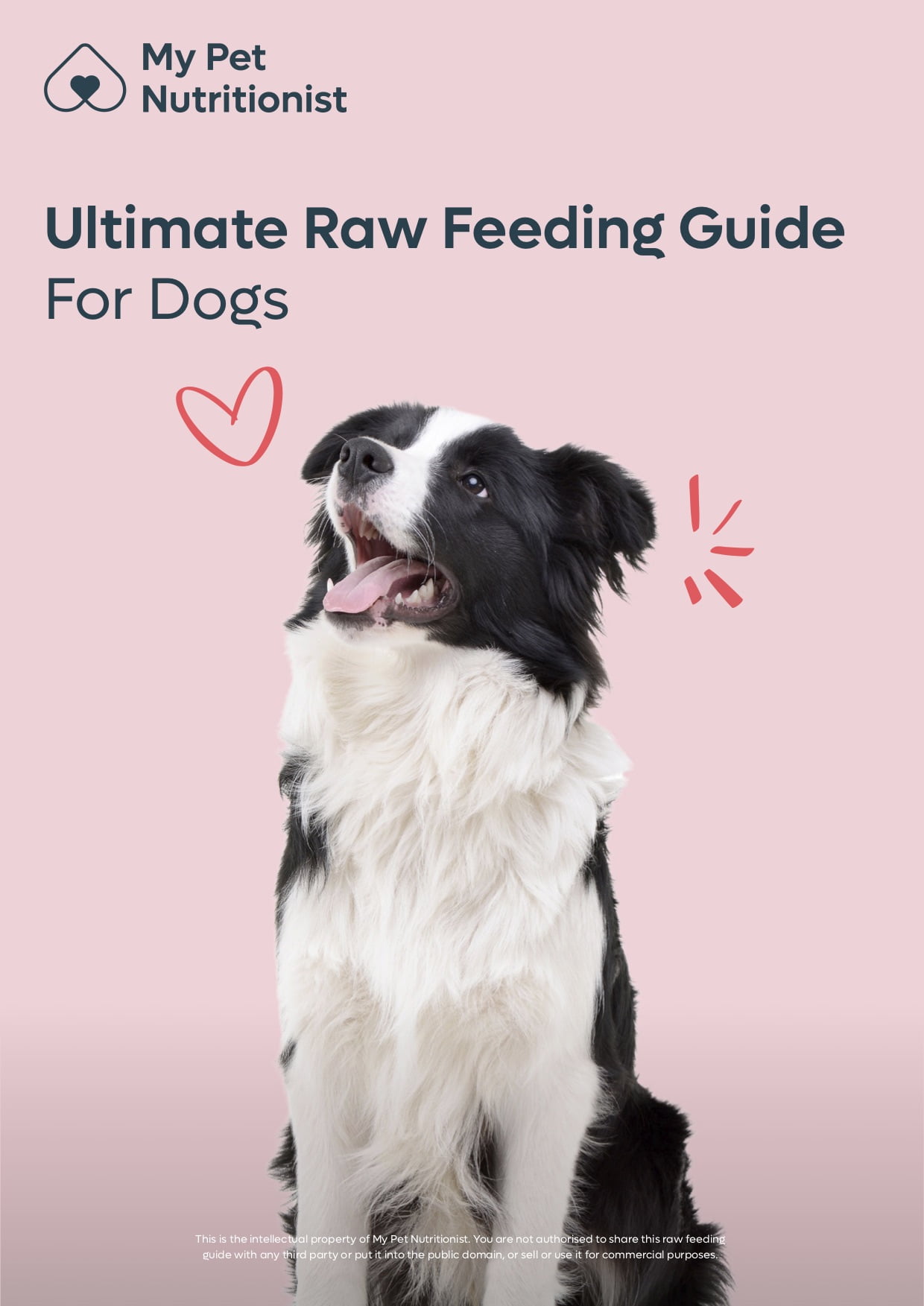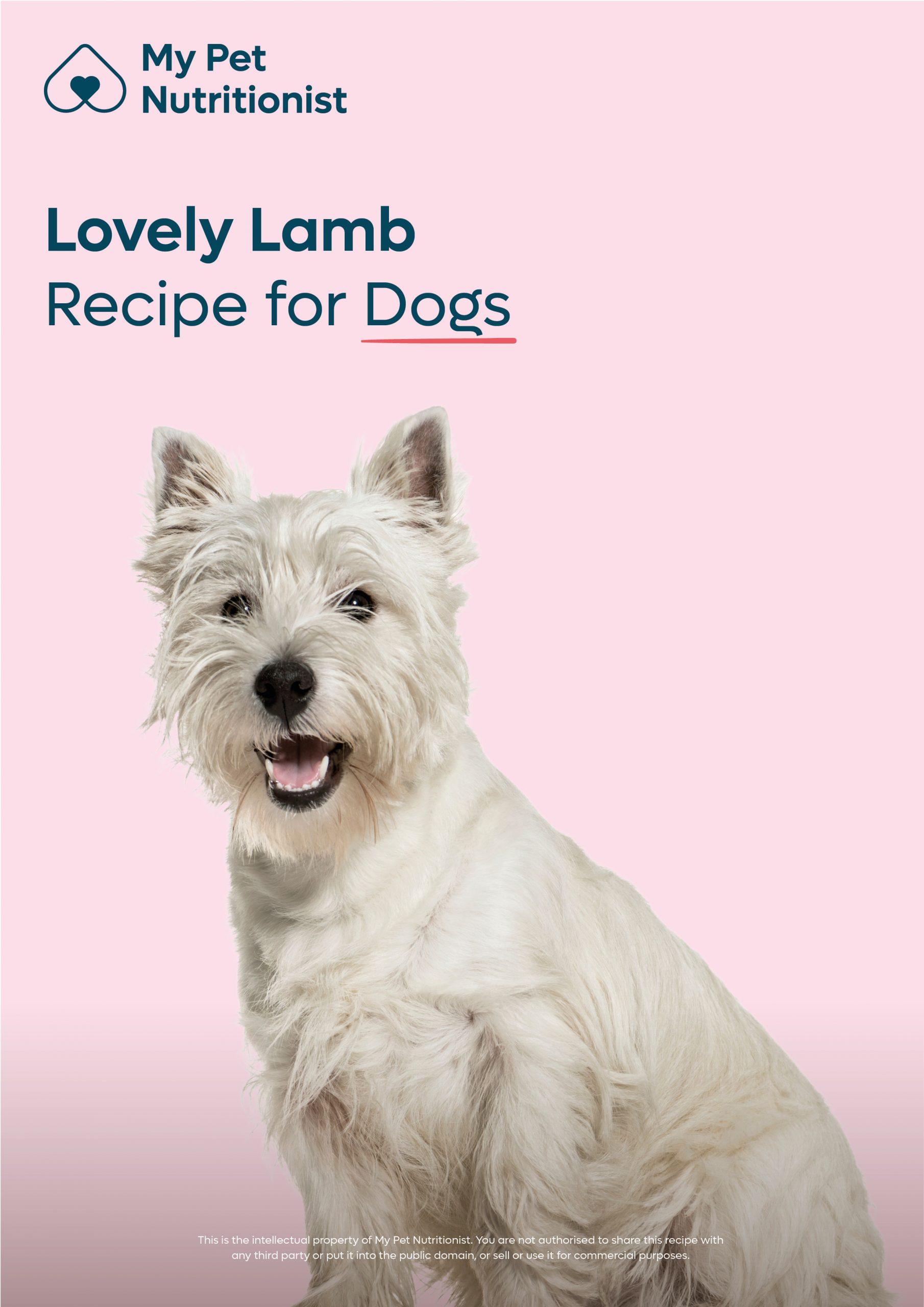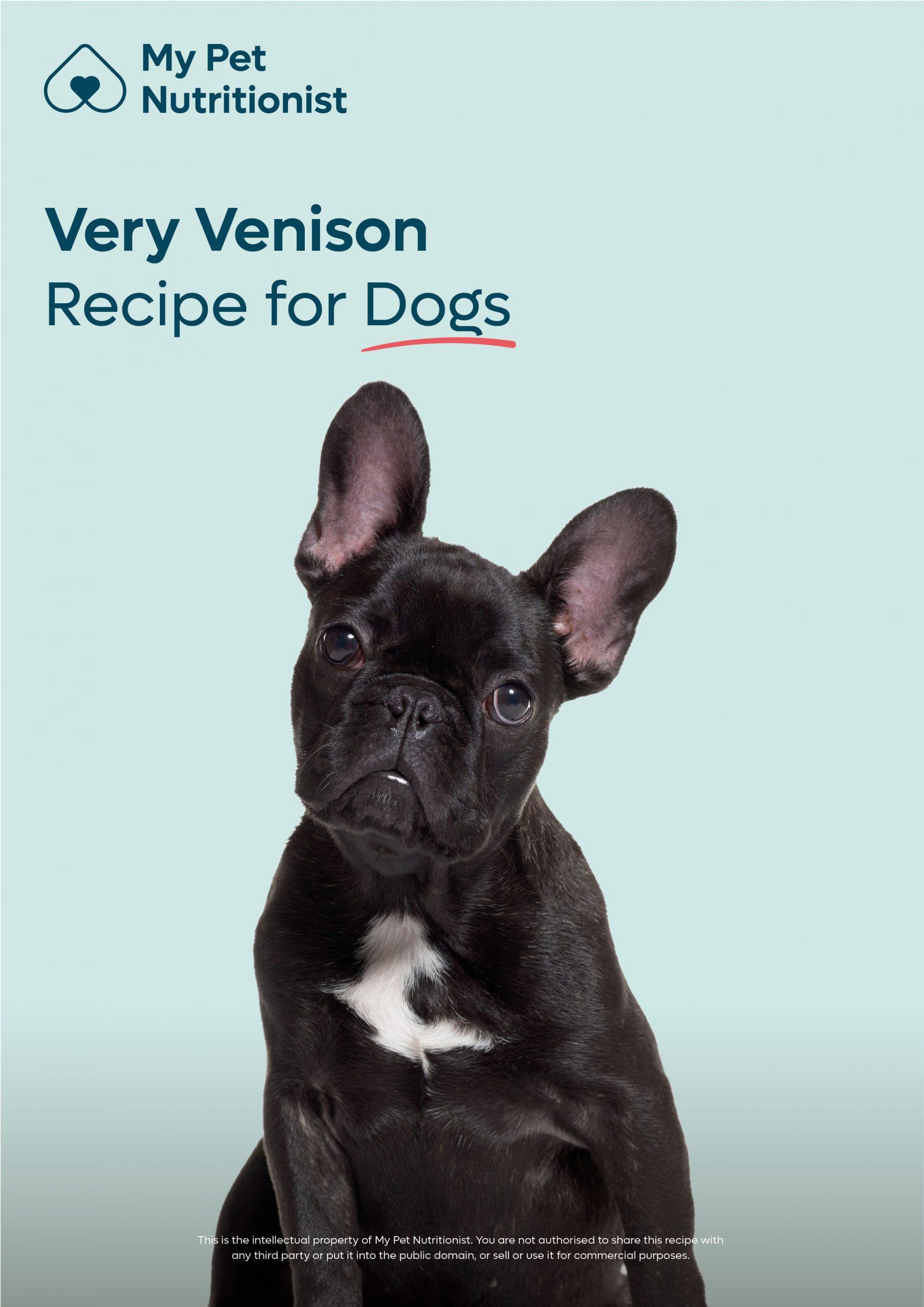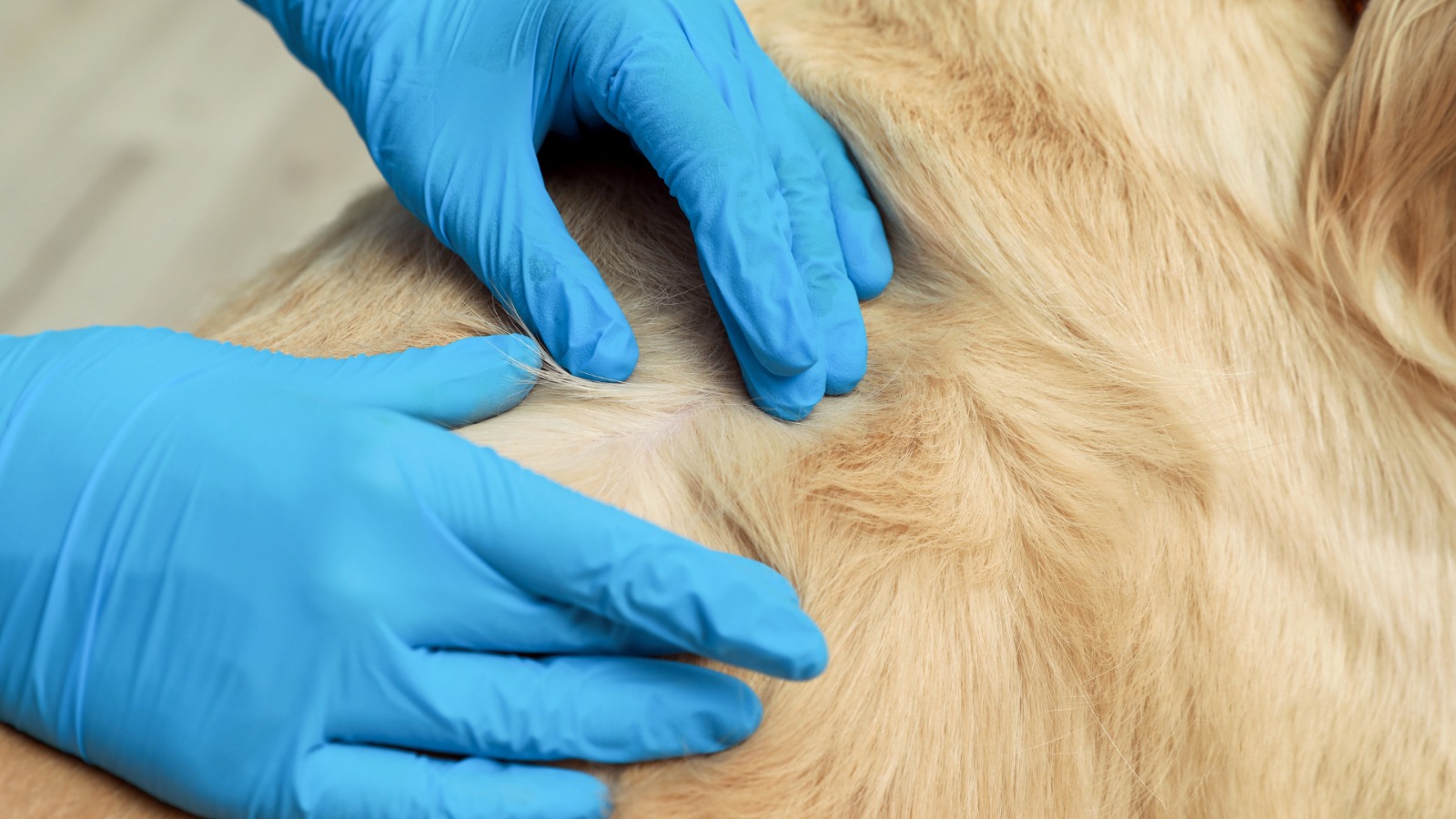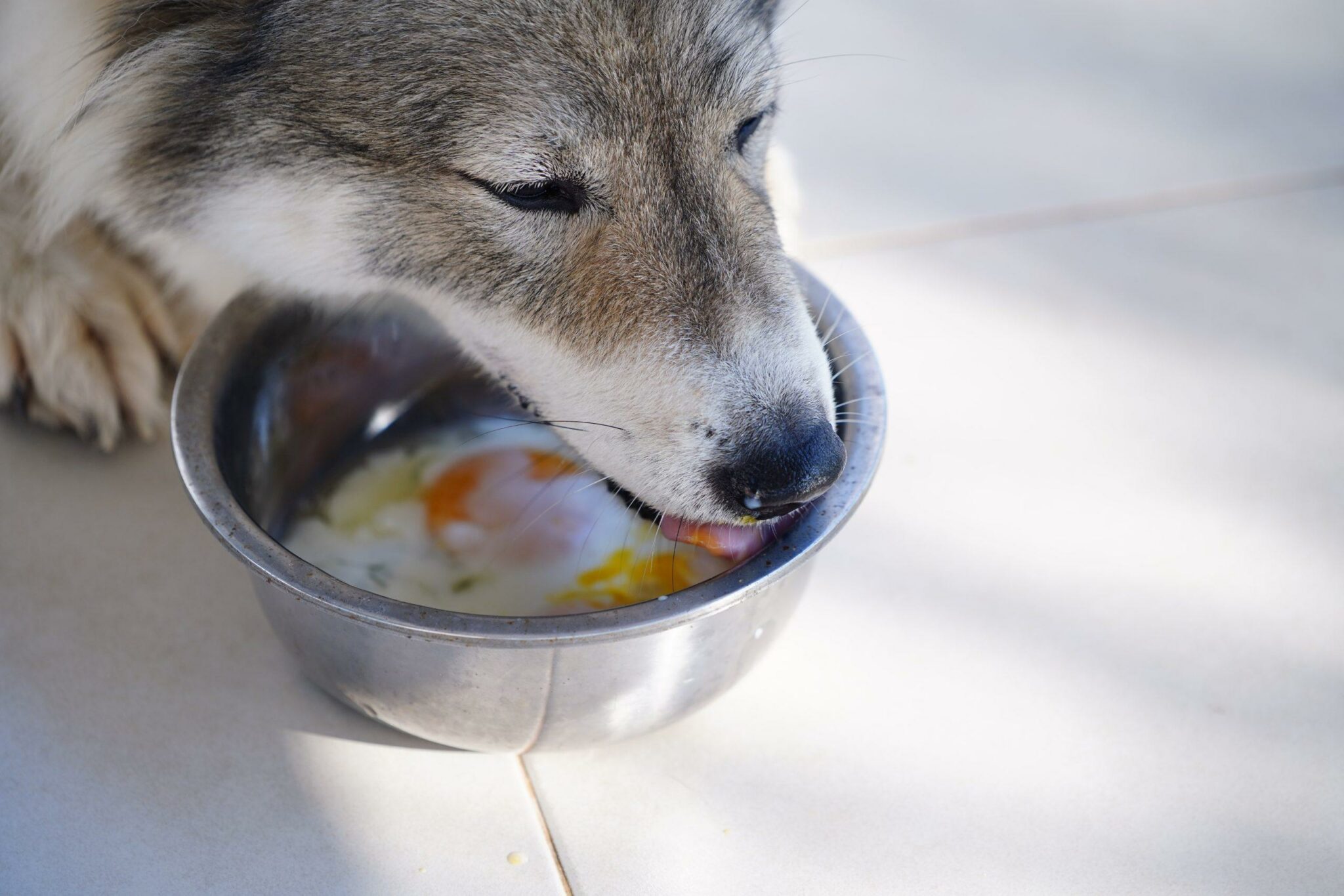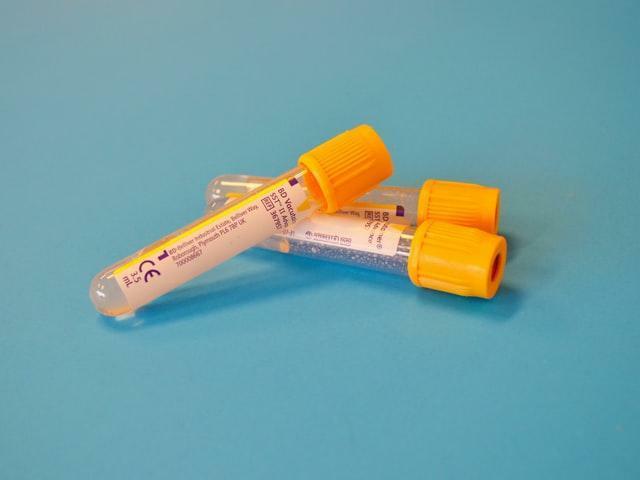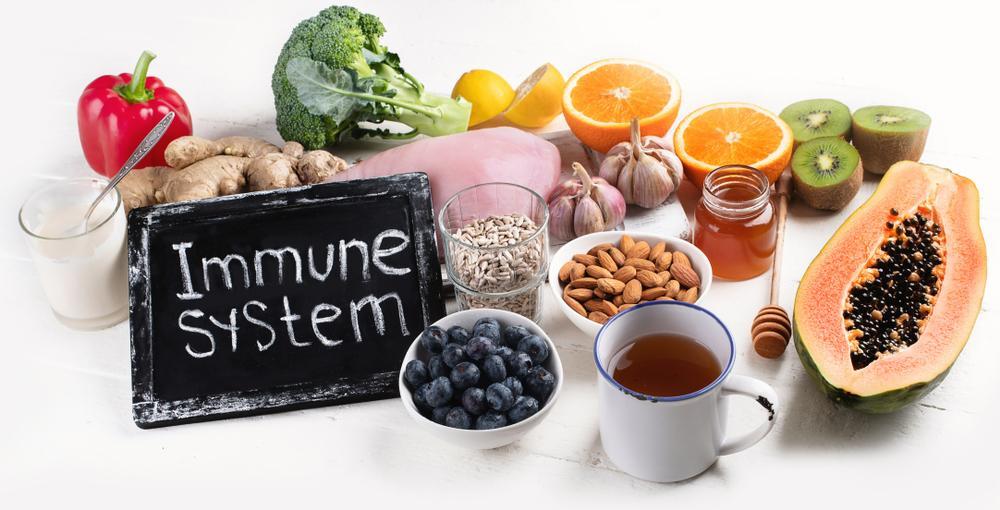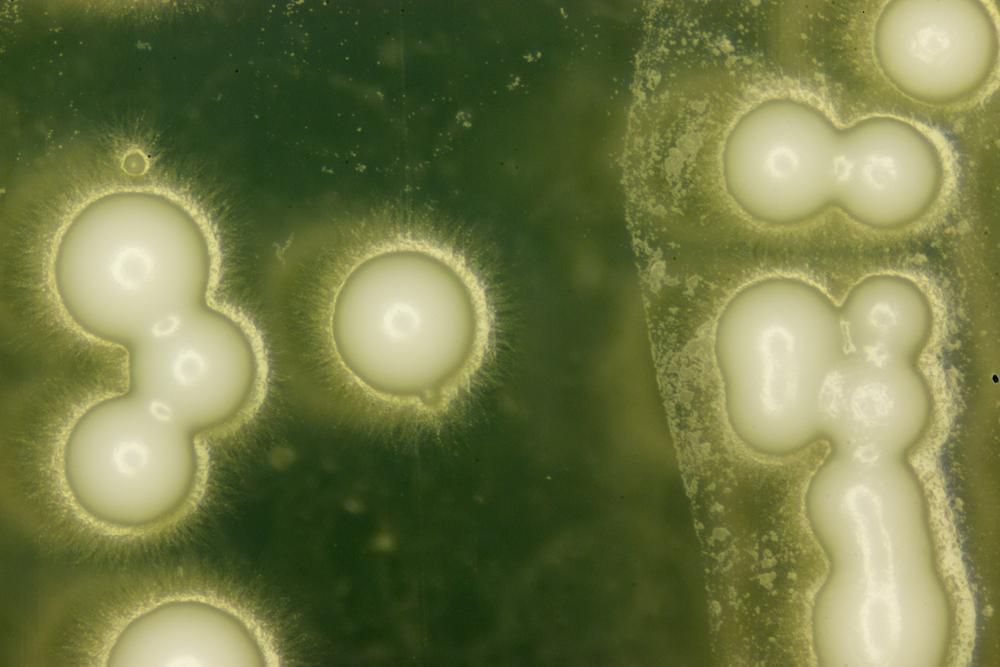-
£19.99

What Are Phytochemicals and Does My Dog Need Them?
- March 14, 2022
- 4 mins 46 secs
Phytochemicals, also sometimes referred to as phytonutrients or polyphenols are biologically active compounds of plant origin. They are actually a plant’s natural defence. Normally, the properties are activated by damage to the plant which prevent insects and pests from eating them.
A huge number of phytochemicals have been identified (8000+) and they are broadly classified as carotenoids and polyphenols but there are many further subdivisions.
The question on everyone’s tongue, does my dog need them?
Let’s take a look.
Findings Here
Phenolic compounds are also seen to have a range of other health benefits in the body.
It is thought that polyphenols may modulate blood glucose levels. On study in humans found that those people eating higher quantities of polyphenol-rich foods were 57% less likely to develop type II diabetes in a 2–4-year period.
Findings Here
Polyphenols are seen to promote the growth of good bacteria in the gut, and also fend off the bad guys! Win win! It is also thought that polyphenols may help probiotics survive and thrive too!
Findings Here
They have also been associated with:
Finally, researchers have found that certain polyphenols can modulate gene expression in cases of atopic dermatitis in dogs. In short, the researchers managed to control the inflammatory response in dermatologic disease.
Findings Here
They used extracts of luteolin which is found in foods like broccoli, carrots, peppers, cabbage and apple skins along with extracts of stilbene which occurs in some berries like blueberries.
Other phytochemicals include sulforaphane and anthocyanins.
Sulforaphane is an isothiocyante stored mainly inside cruciferous veggies, like broccoli. A great sulforaphane hack is to sprout your own broccoli seeds as these have way more sulphoraphane as the final plant.
This compound has been seen to have anticancer properties in test tube studies, it is thought to release antioxidant and detoxification enzymes that protect against carcinogens.
Sulforaphane is thought to support hearth health by reducing inflammation and also may reduce blood pressure.
In addition, this compound has been seen to improve recovery and reduce mental decline after traumatic brain injury.
Finally, sulforaphane has improved symptoms of constipation in humans in a 4-week study.
Findings Here
Anthocyanins (red, purple, and/or blue plant pigments) are found in many fruits but are thought to prevent the adhesion of pathogens to cell walls. When compared to other berries, the photochemical bioavailability was much higher in cranberries as compared to others, which is why it is thought to prevent adhesion of pathogenic bacteria in the urinary tract.
Findings Here
Ginger contains active phenolic compounds such as gingerol, paradol and shogoall that have antioxidant, anticancer, anti-inflammatory and anti-angiogenesis properties.
Ginger has demonstrated significant reductions in inflammatory signalling in cancer cases.
Findings Here
Not only that but in cases of liver cancer, it has induced apoptosis, inhibited formation, decreased expression and suppressed cell proliferation. In cases of pancreatic cancer it has downregulated signalling and cell survival indicators, inhibited expression, decreases metastasis, inhibited cell proliferation and induced apoptosis. Ginger has decreased incidence of colon tumours and it has been reported that intragastric treatment of ginger increases survival time.
Findings Here
Adjunct to other therapy, ginger has been seen to improve cellular immunity and decrease fatigue, pain and stress in cancer patients. It is also noted to reduce nausea.
Ginger is widely used in traditional Chinese and Indian medicine, it is thought to stimulate digestion, absorption, relieve constipation and flatulence. In Chinese medicine it is thought to improve the flow of bodily fluids and is therefore used to stimulate blood circulation. The active compounds found reduce the formation of pro-inflammatory prostaglandins and thromboxane therefore lowering the clotting ability of the blood, it should therefore be used with caution alongside blood thinning medication.
Carotenoids are a class of phytonutrients and are found in the cells of a wide variety of plants, algae, and bacteria. They help plants absorb light energy for use in photosynthesis. They also have an important antioxidant function of deactivating free radicals which helps offset oxidative stress.
Does My Dog Need Antioxidants?
However, there is a number of factors that influence carotenoid’s bioavailability, absorption, breakdown, transport and storage.
In a number of studies, thermal treatment was shown to increase carotenoid’s accessibility, due to the disruption of cell walls and bond loosening (read: cooked)
Other factors, such as genes and nutritional status, gender, aging or infection, also determine carotenoid bioavailability. It is well-established that any disease with the abnormal absorption of fat from the digestive tract significantly affects carotenoid incorporation. Furthermore, interactions with medications (e.g., sulfonamides used to treat bacterial infection) were shown to decrease the availability of β-carotene.
Findings Here
The bottom line is that phytochemicals posses a range of health benefits and they are found in a selection of fruits and vegetables. It’s often best to opt for cooked veggies over raw to aid digestion and assimilation of nutrients.
If you’d like to know some of the top fruits and veggies we like to add to the bowl, check out the following blogs:
Our 21 Superfoods of 2021
Fresh Food to Add to the Bowl
Thanks for reading,
MPN Team
A huge number of phytochemicals have been identified (8000+) and they are broadly classified as carotenoids and polyphenols but there are many further subdivisions.
The question on everyone’s tongue, does my dog need them?
Let’s take a look.
Phytochemicals
We are just starting to notice the health benefits of phytochemicals; buthey have been seen to:
- Protect DNA from damage
- Act as antioxidants
- Regulate hormonal function
- Support immune function
- Possess antimicrobial properties
Phytochemicals and Inflammation
Inflammation is the first biological response of the immune system to infection, injury or irritation. It is a necessary process, but it can sometimes get a little out of hand. This is where phytochemicals come in. Types of phytochemicals known as phenolics, and triterpenoids show high anti-inflammatory activity. These compounds are found in various fruits and vegetables.
Findings Here
Phenolic compounds are also seen to have a range of other health benefits in the body.
It is thought that polyphenols may modulate blood glucose levels. On study in humans found that those people eating higher quantities of polyphenol-rich foods were 57% less likely to develop type II diabetes in a 2–4-year period.
Findings Here
Polyphenols are seen to promote the growth of good bacteria in the gut, and also fend off the bad guys! Win win! It is also thought that polyphenols may help probiotics survive and thrive too!
Findings Here
They have also been associated with:
- Delaying age-related cognitive decline
- Modulating inflammation in the brain
- Counteracting neurotoxins
- Protecting neurons against oxidative stress
- Enhanced memory and learning
Finally, researchers have found that certain polyphenols can modulate gene expression in cases of atopic dermatitis in dogs. In short, the researchers managed to control the inflammatory response in dermatologic disease.
Findings Here
They used extracts of luteolin which is found in foods like broccoli, carrots, peppers, cabbage and apple skins along with extracts of stilbene which occurs in some berries like blueberries.
Other phytochemicals include sulforaphane and anthocyanins.
Sulforaphane is an isothiocyante stored mainly inside cruciferous veggies, like broccoli. A great sulforaphane hack is to sprout your own broccoli seeds as these have way more sulphoraphane as the final plant.
This compound has been seen to have anticancer properties in test tube studies, it is thought to release antioxidant and detoxification enzymes that protect against carcinogens.
Sulforaphane is thought to support hearth health by reducing inflammation and also may reduce blood pressure.
In addition, this compound has been seen to improve recovery and reduce mental decline after traumatic brain injury.
Finally, sulforaphane has improved symptoms of constipation in humans in a 4-week study.
Findings Here
Anthocyanins (red, purple, and/or blue plant pigments) are found in many fruits but are thought to prevent the adhesion of pathogens to cell walls. When compared to other berries, the photochemical bioavailability was much higher in cranberries as compared to others, which is why it is thought to prevent adhesion of pathogenic bacteria in the urinary tract.
Other Foods Which Contain Phytochemicals:
1) Pomegranate
Pomegranate has been seen to help protect cells, especially those heart cells. Oxidative damage may be one of the contributors to heart failure in our canine companions and pomegranate has been seen to protect against this. They contain molecules known as ellagitannins. Pomegranate ellagitannins are not absorbed intact into the blood stream but are hydrolysed to ellagic acid over several hours in the intestine. Ellagitannins are also metabolized into urolithins by gut flora, and it is these urolithin A’s that exert anti-inflammatory and antioxidant properties.
Findings Here
2) Ginger
Ginger is loved for its anti-inflammatory properties in cancer therapy. Inflammation, or rather pro-inflammatory cytokines contribute to carcinogenesis by influencing the survival, growth, mutation, proliferation, differentiation and movement of tumour cells. It is proposed that ginger has anti-inflammatory and therefore anticancer potential.
Ginger contains active phenolic compounds such as gingerol, paradol and shogoall that have antioxidant, anticancer, anti-inflammatory and anti-angiogenesis properties.
Ginger has demonstrated significant reductions in inflammatory signalling in cancer cases.
Findings Here
Not only that but in cases of liver cancer, it has induced apoptosis, inhibited formation, decreased expression and suppressed cell proliferation. In cases of pancreatic cancer it has downregulated signalling and cell survival indicators, inhibited expression, decreases metastasis, inhibited cell proliferation and induced apoptosis. Ginger has decreased incidence of colon tumours and it has been reported that intragastric treatment of ginger increases survival time.
Findings Here
Adjunct to other therapy, ginger has been seen to improve cellular immunity and decrease fatigue, pain and stress in cancer patients. It is also noted to reduce nausea.
Ginger is widely used in traditional Chinese and Indian medicine, it is thought to stimulate digestion, absorption, relieve constipation and flatulence. In Chinese medicine it is thought to improve the flow of bodily fluids and is therefore used to stimulate blood circulation. The active compounds found reduce the formation of pro-inflammatory prostaglandins and thromboxane therefore lowering the clotting ability of the blood, it should therefore be used with caution alongside blood thinning medication.
3) Carrots
Carotenoid-containing foods are often red, yellow or orange and this includes the trust carrot.
Carotenoids are a class of phytonutrients and are found in the cells of a wide variety of plants, algae, and bacteria. They help plants absorb light energy for use in photosynthesis. They also have an important antioxidant function of deactivating free radicals which helps offset oxidative stress.
Does My Dog Need Antioxidants?
However, there is a number of factors that influence carotenoid’s bioavailability, absorption, breakdown, transport and storage.
In a number of studies, thermal treatment was shown to increase carotenoid’s accessibility, due to the disruption of cell walls and bond loosening (read: cooked)
Other factors, such as genes and nutritional status, gender, aging or infection, also determine carotenoid bioavailability. It is well-established that any disease with the abnormal absorption of fat from the digestive tract significantly affects carotenoid incorporation. Furthermore, interactions with medications (e.g., sulfonamides used to treat bacterial infection) were shown to decrease the availability of β-carotene.
Findings Here
The bottom line is that phytochemicals posses a range of health benefits and they are found in a selection of fruits and vegetables. It’s often best to opt for cooked veggies over raw to aid digestion and assimilation of nutrients.
If you’d like to know some of the top fruits and veggies we like to add to the bowl, check out the following blogs:
Our 21 Superfoods of 2021
Fresh Food to Add to the Bowl
Thanks for reading,
MPN Team
Customer Reviews
Explore related products
Related articles

Dietary NeedsGeneral HealthDogs
How To Support Your Dog’s Brain Health
Jun 27 2024
•
11 mins 55 secs

Dietary NeedsGeneral HealthDogs
Pooh Guide for Dogs: What’s Good, and What’s Not
May 16 2024
•
9 mins 15 secs

Dietary NeedsGeneral HealthDogs
The Lowdown on Hypokalaemia in Pets
Mar 28 2024
•
6 mins 30 secs

Dietary NeedsGeneral HealthDogs
All You Need to Know About Exocrine Pancreatic Insufficiency
Feb 22 2024
•
10 mins 20 secs
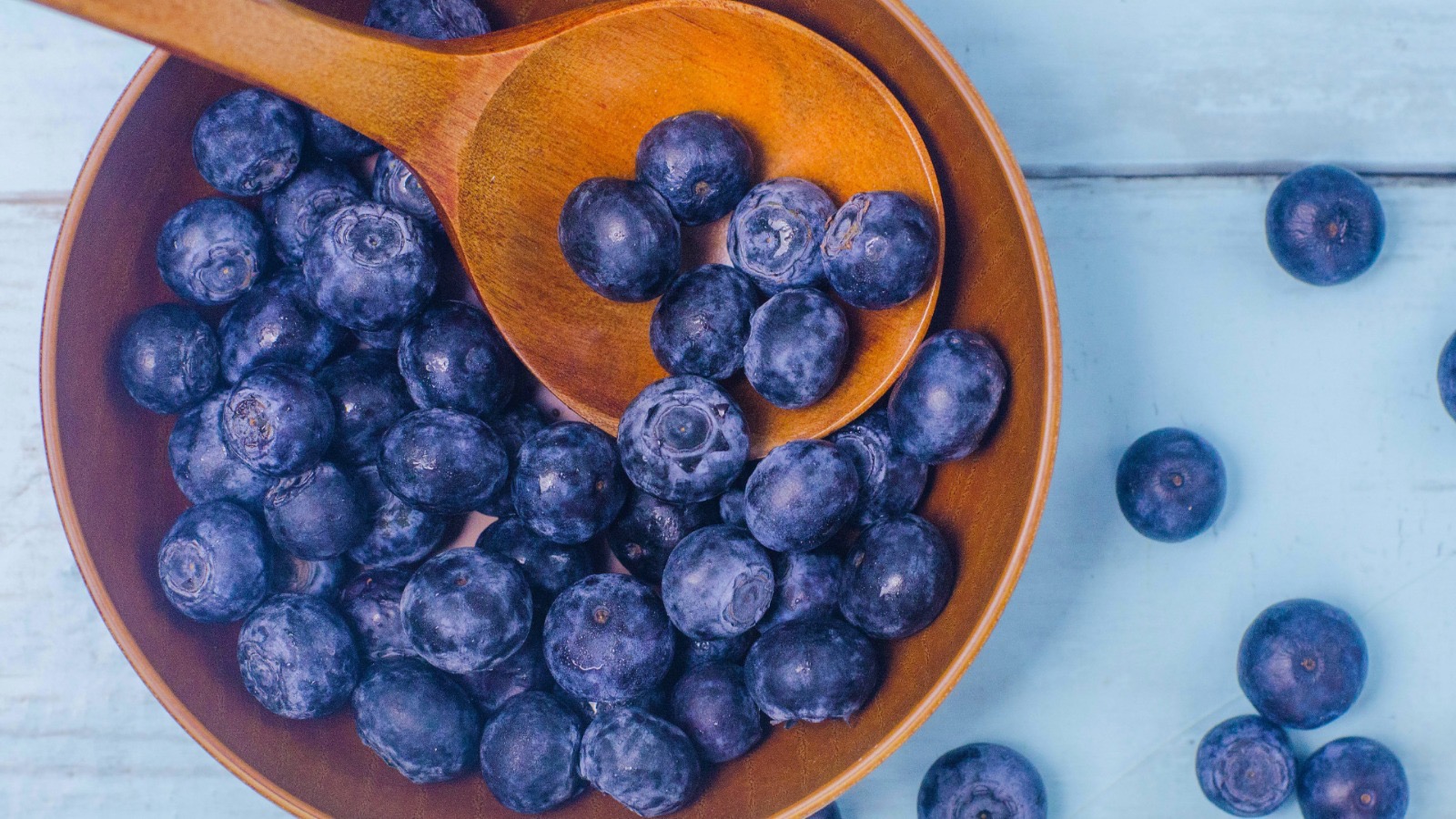
Dietary NeedsGeneral HealthDogs
The Skinny on Blueberries for Dogs
Jan 31 2024
•
7 mins 46 secs

Dietary NeedsGeneral HealthDogs
Should I Feed my Itchy Dog a Cool Protein?
Jan 18 2024
•
4 mins 40 secs

Dietary NeedsGeneral HealthDogs
The Low Down on Spondylosis in Dogs
Dec 14 2023
•
12 mins 40 secs
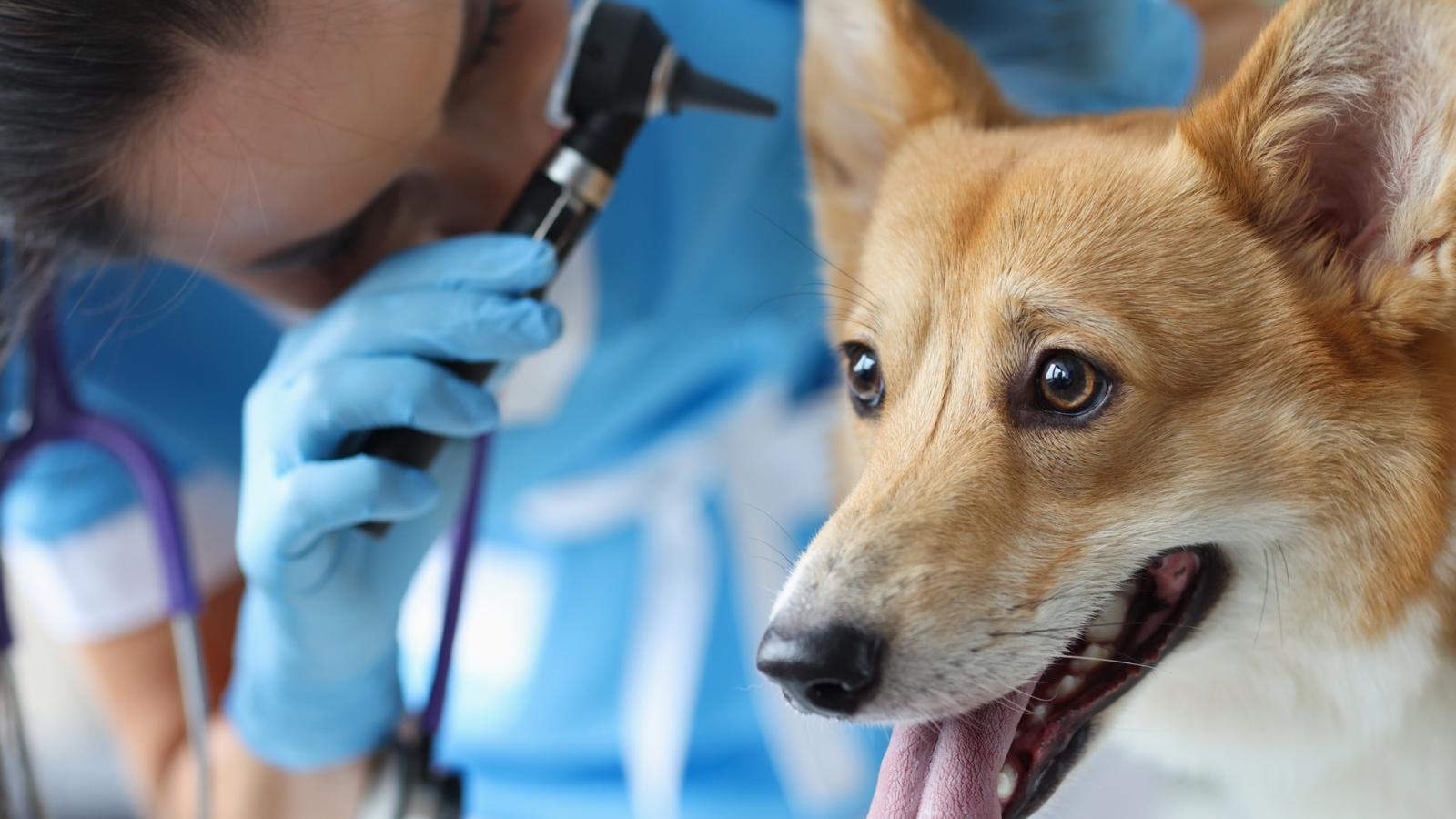
Dietary NeedsGeneral HealthDogs
The Ultimate Guide to Graves Disease in Pets
Nov 30 2023
•
11 mins

Dietary NeedsGeneral HealthDogs
Can Stress Cause My Pet’s Disease?
Nov 23 2023
•
10 mins 30 secs

Dietary NeedsGeneral HealthDogs
7 Reasons Why My Dog is Biting his Paws
Sep 06 2023
•
7 mins 40 secs
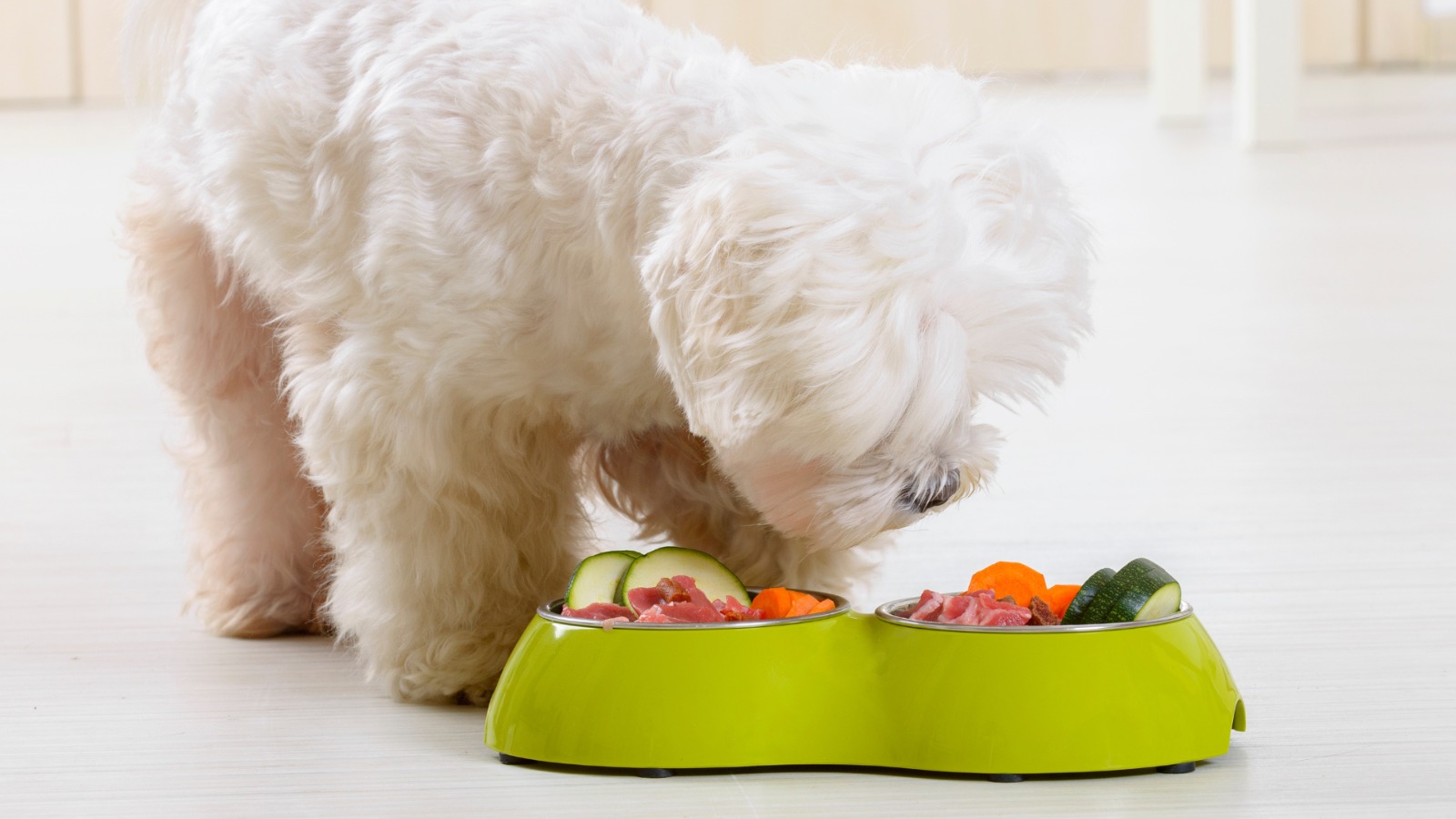
Dietary NeedsGeneral HealthDogs
Should I Feed Vegetables to my Pet?
Aug 10 2023
•
5 mins 30 secs

Dietary NeedsGeneral HealthDogs
Is My Dog a Carnivore or an Omnivore?
Aug 03 2023
•
8 mins 30 secs

Dietary NeedsGeneral HealthDogs
What Should I Feed My Dog with Acid Reflux?
Jul 26 2023
•
4 mins 15 secs

Dietary NeedsGeneral HealthDogs
Hormones, and Their Role in the Body
Apr 20 2023
•
7 mins 12 secs

Dietary NeedsGeneral HealthDogs
5 Benefits of Vitamin C for Your Dog
Mar 18 2023
•
4 mins 42 secs

Dietary NeedsGeneral HealthDogs
Why Does My Dog Urinate So Much?
Dec 08 2022
•
5 mins 30 secs

Dietary NeedsGeneral HealthDogs
Why Does My Dog Drink So Much Water?
Nov 29 2022
•
5 mins 30 secs

Dietary NeedsGeneral HealthDogs
Top 10 Tips to Reduce Anxiety During Fireworks Season
Nov 04 2022
•
4 mins

Dietary NeedsGeneral HealthDogs
5 Things To Include In The Senior Dog’s Bowl
Sep 05 2022
•
4 mins 30 secs

Dietary NeedsGeneral HealthDogs
Things To Think About: Skin Health in Dogs
Aug 01 2022
•
7 mins 30 secs

Dietary NeedsGeneral HealthDogs
Should I Vaccinate My Dog Against Kennel Cough?
Jul 11 2022
•
4 mins 59 secs

Dietary NeedsGeneral HealthDogs
Natural Remedies For Kennel Cough in Dogs
Jul 11 2022
•
4 mins 42 secs

Dietary NeedsGeneral HealthDogs
Nutrients for Skin Health in Dogs
Jul 04 2022
•
3 mins 29 secs

Dietary NeedsGeneral HealthDogs
The Top Five Water Hazards For Dogs
Jun 27 2022
•
3 mins 13 secs

Dietary NeedsGeneral HealthDogs
Should I Feed My Dog, Chicken and Rice?
Jun 27 2022
•
5 mins 37 secs
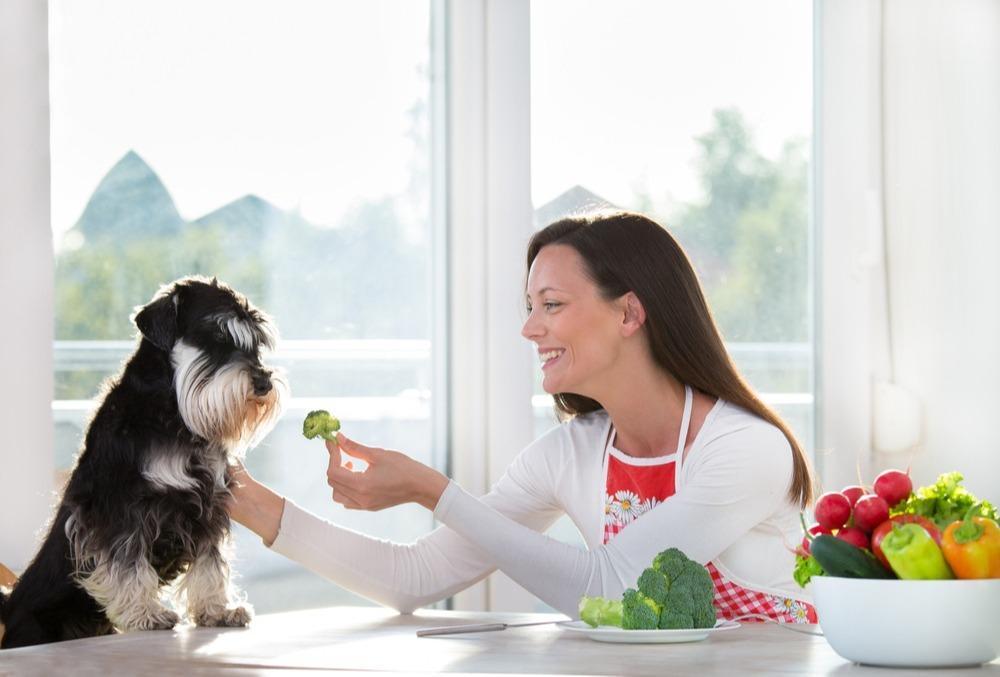
Dietary NeedsGeneral HealthDogs
4 Times You Don’t Want To Feed Veg To Your Dog
Jun 21 2022
•
3 mins 58 secs

Dietary NeedsGeneral HealthDogs
How To Support My Dog’s Liver Shunt
Jun 20 2022
•
4 mins 46 secs

Dietary NeedsGeneral HealthDogs
Could My Dog’s Coat Type Contribute to Skin Issues?
Jun 16 2022
•
7 mins

Dietary NeedsGeneral HealthDogs
Help! My Dog’s Ears Are Itchy!
Jun 14 2022
•
3 mins 38 secs

Dietary NeedsGeneral HealthDogs
The Neuroscience of Pain In Pets
Jun 07 2022
•
5 mins 32 secs

Dietary NeedsGeneral HealthDogs
3 Tips to Support Your Pet’s Urinary Health
May 26 2022
•
4 mins 46 secs

Dietary NeedsGeneral HealthDogs
What Does the Microbiome Have to Do With My Dog’s Bladder Stones?
May 24 2022
•
6 mins 39 secs

Dietary NeedsGeneral HealthDogs
Does the Breed of My Dog Influence their Test Results?
May 19 2022
•
2 mins 56 secs

Dietary NeedsGeneral HealthDogs
The Nutritional Needs of the Senior Dog
May 12 2022
•
5 mins 26 sec
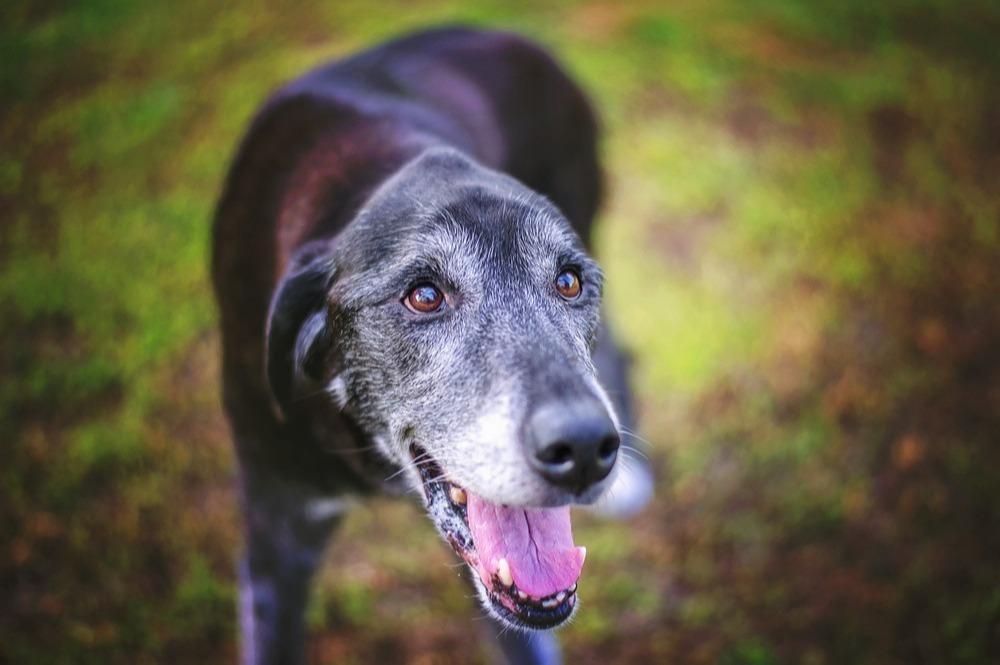
Dietary NeedsGeneral HealthDogs
Supporting The Senior Dog’s Cognitive Function
May 05 2022
•
5 mins 58 secs
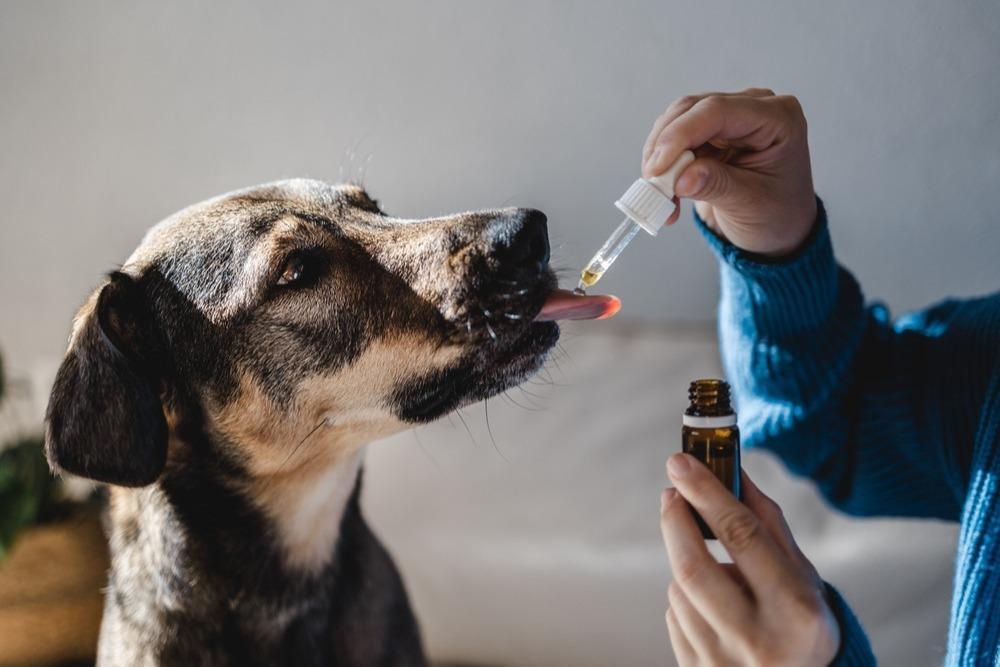
Dietary NeedsGeneral HealthDogs
Do Herbs Have a Place in Canine Osteoarthritis?
May 03 2022
•
4 mins 35 secs

Dietary NeedsGeneral HealthDogs
5 Tips to Support Your Seasonally Itchy Dog
Apr 26 2022
•
4 mins 50 secs

Dietary NeedsGeneral HealthDogs
Using Nutrition to Support The Stressed Dog
Apr 13 2022
•
8 mins 11 secs
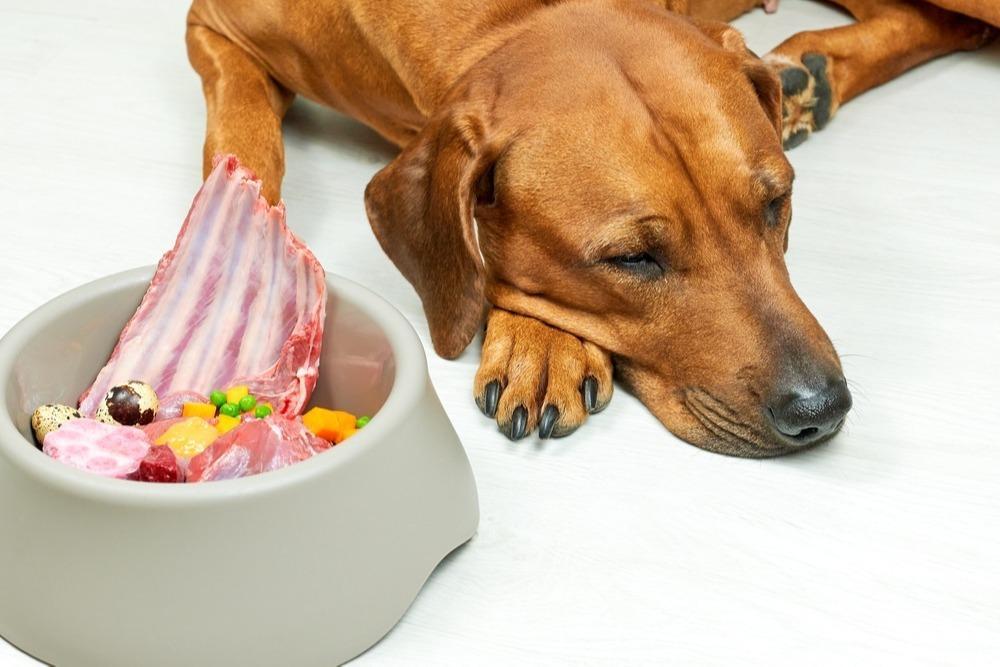
Dietary NeedsGeneral HealthDogs
4 Nutrients For The Fussy Eating Dog
Apr 11 2022
•
3 mins 58 secs
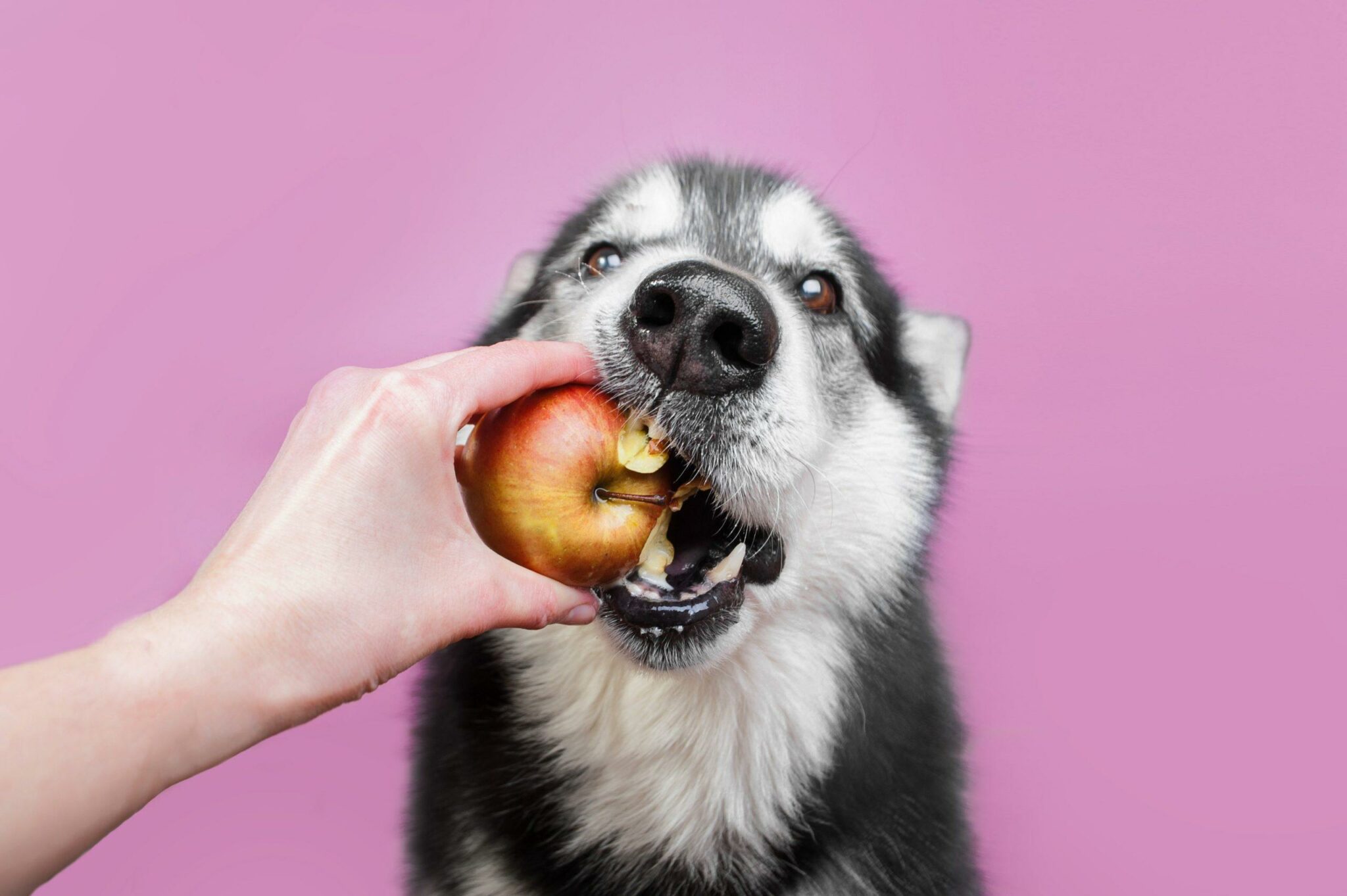
Dietary NeedsGeneral HealthDogs
7 Foods That Add Fibre To Your Dog’s Diet
Mar 21 2022
•
5 mins 2 secs
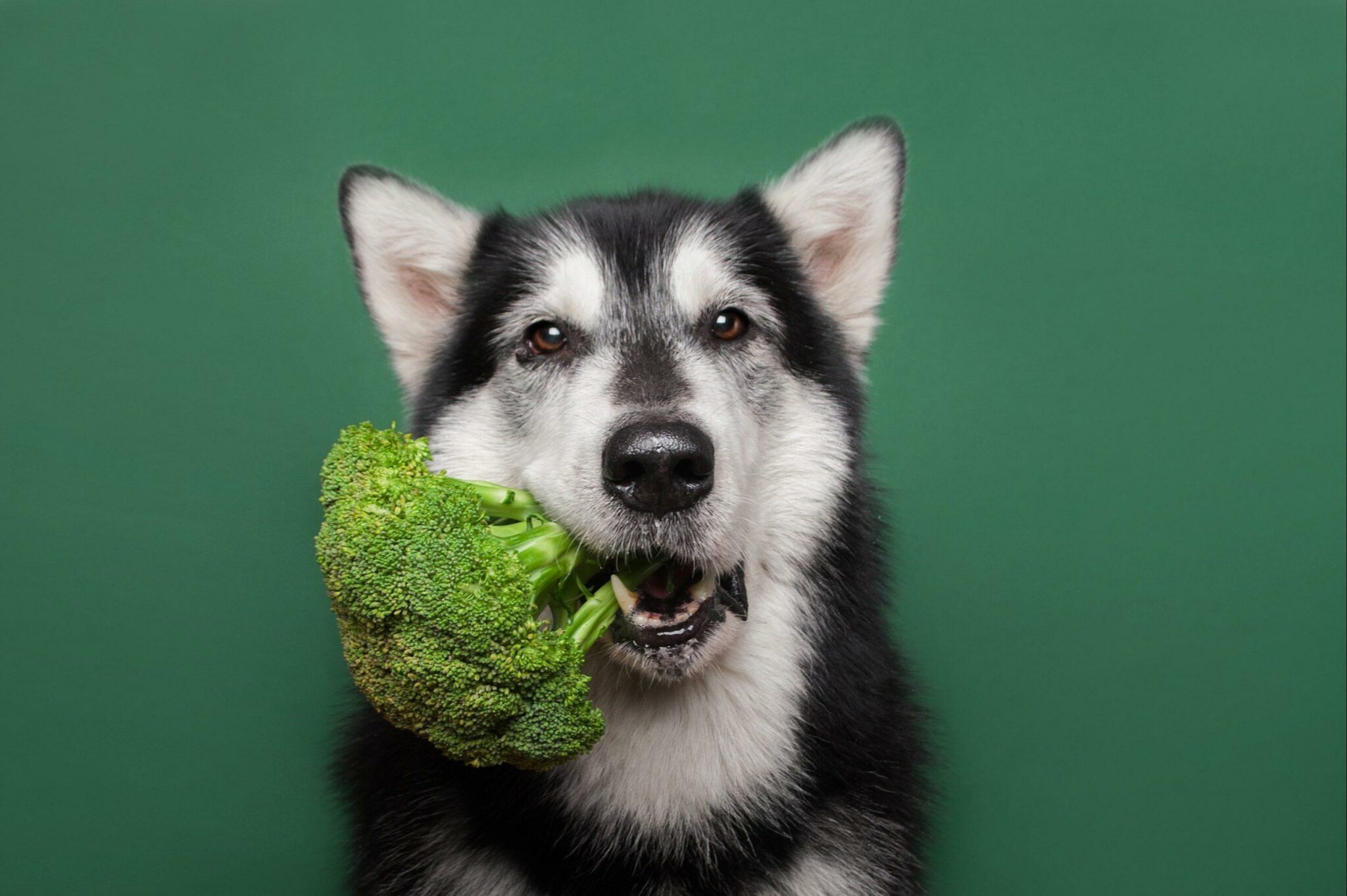
Dietary NeedsGeneral HealthDogs
What Are Phytochemicals and Does My Dog Need Them?
Mar 14 2022
•
4 mins 46 secs

Dietary NeedsGeneral HealthDogs
Nutrition for the Recovering Dog
Mar 14 2022
•
5 mins 18 secs

Dietary NeedsGeneral HealthDogs
What is Addison’s Disease in Dogs?
Mar 07 2022
•
2 mins 40 secs

Dietary NeedsGeneral HealthDogs
Does My Dog Have A Gut-Skin Axis?
Feb 14 2022
•
4 mins 48 secs

Dietary NeedsGeneral HealthDogs
5 Wonderful Herbs for Dog Joint Care
Feb 07 2022
•
5 mins 3 secs

Dietary NeedsGeneral HealthDogs
Why Does My Dog Need Vitamins? Part Two – The Water-Soluble Vitamins
Jan 24 2022
•
6 mins 42 secs

Dietary NeedsGeneral HealthDogs
Why Does My Dog Need Vitamins? Part One – The Fat-Soluble Vitamins
Jan 24 2022
•
5 mins 51 secs

Dietary NeedsGeneral HealthDogs
4 Superfoods for Liver Health in Dogs
Jan 19 2022
•
4 mins 15 secs

Christmas Calm: Our Top Nutritional Tips to Support Your Canine
Dec 22 2021
•
2 mins 43 secs

Dietary NeedsGeneral HealthDogs
Feeding Bones: A Mini Guide To Bones
Dec 07 2021
•
5 mins 56 secs

Dietary NeedsGeneral HealthDogs
Top Tips to Help Your Dog Lose Weight
Sep 16 2021
•
5 min read

Dietary NeedsGeneral HealthDogs
The Lowdown on Liver Shunts in Dogs
Jun 28 2021
•
6 min read

Dietary NeedsGeneral HealthDogs
The Importance of Nature for Human and Dog Health
May 12 2021
•
5 min read

Dietary NeedsGeneral HealthDogs
How Food Affects Your Dog’s Behaviour
Apr 22 2021
•
10 min read

Dietary NeedsGeneral HealthDogs
Dogs in pain – what is it and how to look for it?
Jan 28 2021
•
8 min read
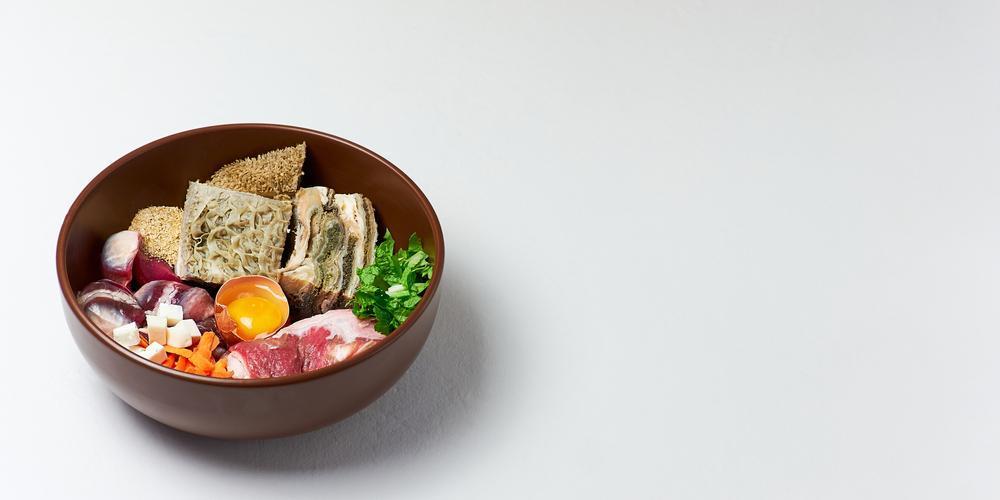
Dietary NeedsGeneral HealthDogs
Fresh Food to Add to Your Dog’s Bowl
Jan 26 2021
•
6 min read

Dietary NeedsGeneral HealthDogs
How Much Sleep Should My Dog Get?
Dec 15 2020
•
12 min read
✕






